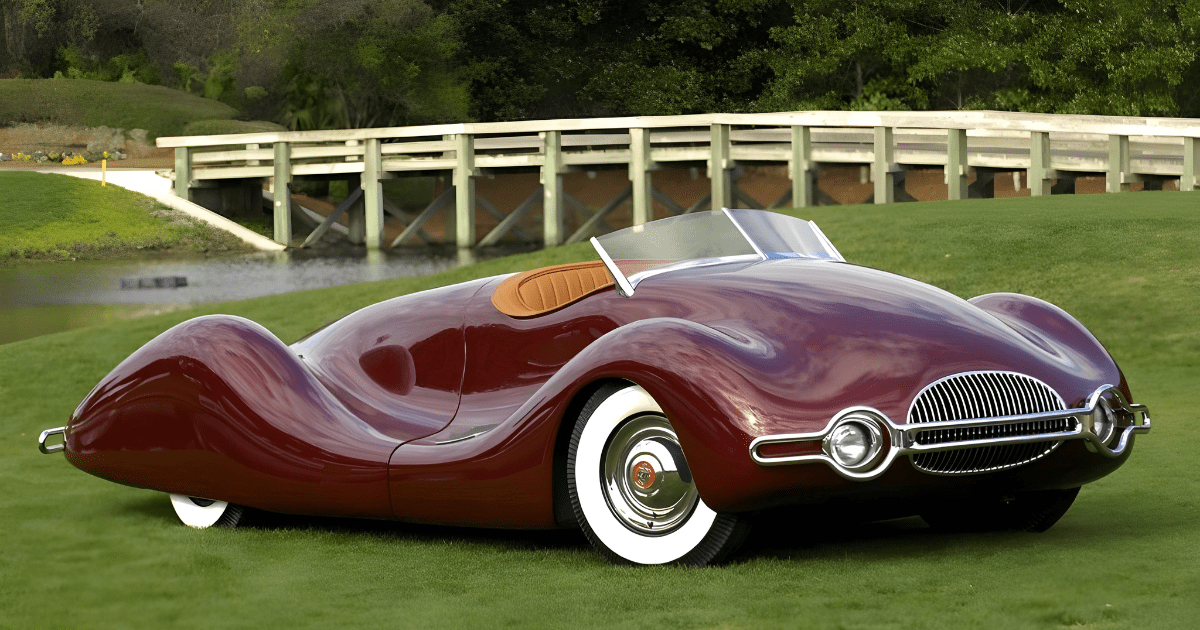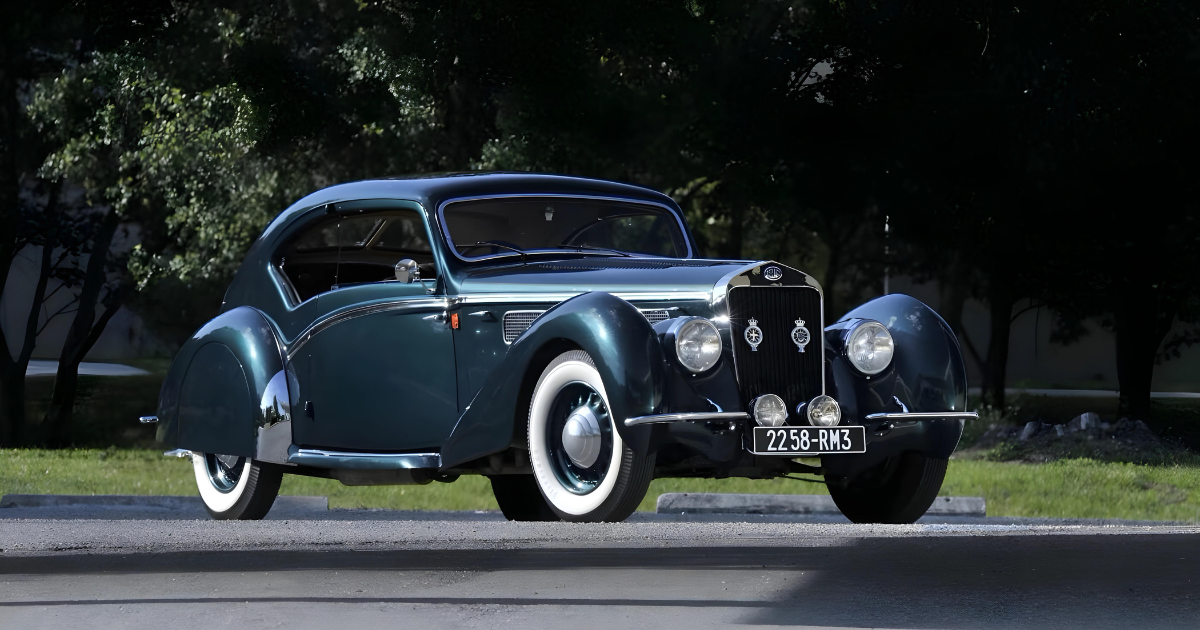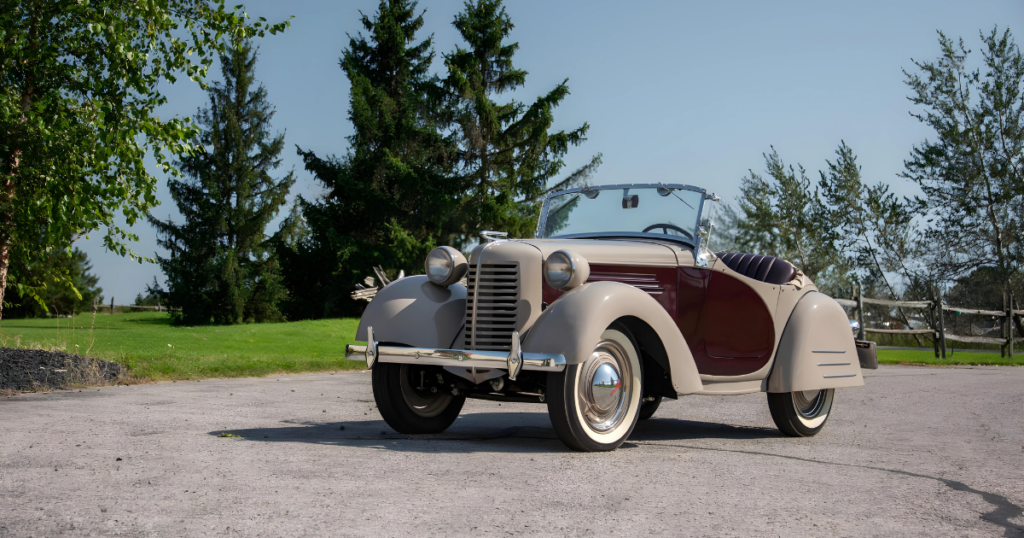
Rarely in the annals of manufacturing history has there been a figure as steadfast in their belief in a product as Roy Evans. Despite the initial setback of the diminutive American Austin in 1934, Evans remained resolute in his vision for a successful compact car. By 1937, he introduced a revamped and modernized rendition, christened the American Bantam, which commenced production in Butler, Pennsylvania, under his determined leadership.
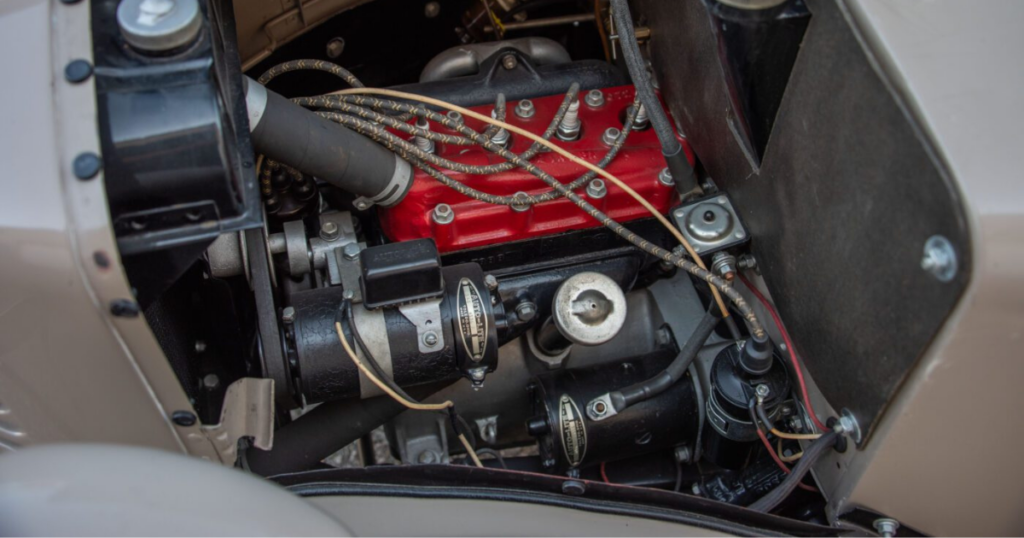
Collaborating with the esteemed racing engineer Harry Miller, Evans sought to elevate the car’s performance beyond its modest origins. Together, they worked to enhance the capabilities of the Bantam’s engine, a humble 50-cubic inch, four-cylinder powerplant. Miller’s expertise and innovative engineering techniques helped maximize the engine’s efficiency and power output, ensuring that the Bantam offered more than just economy in its performance.

Furthermore, the Bantam’s aesthetics underwent a contemporary transformation under the skilled direction of Count Alexis de Sakhnoffsky, a renowned automotive designer. With a keen eye for detail and a deep understanding of automotive styling, Sakhnoffsky contributed significantly to the modernization of the Bantam’s design. His efforts resulted in a car that not only performed well but also looked sleek and stylish, appealing to a broader audience.
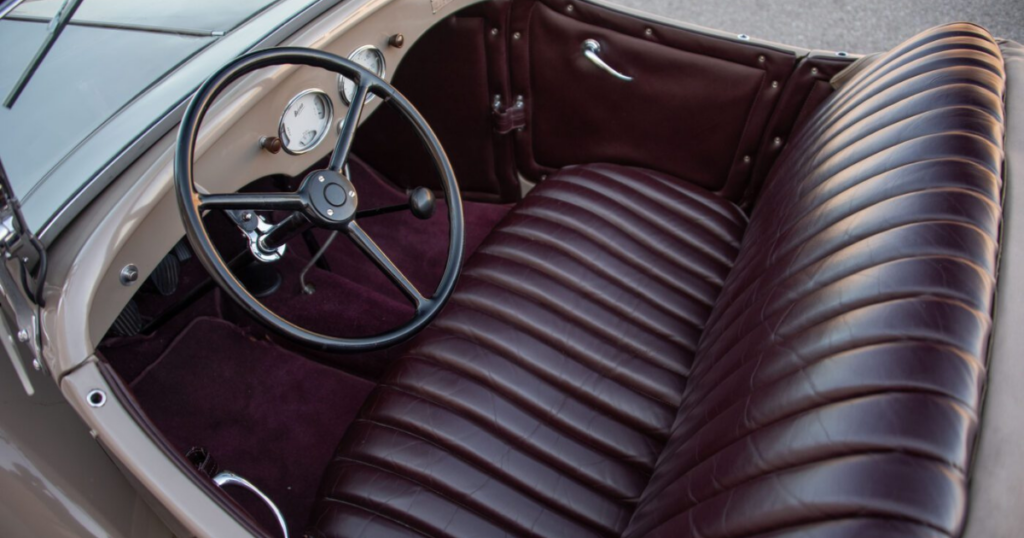
Despite its petite size, remarkable fuel efficiency, and undeniable charm, the American Bantam struggled to find traction in the competitive automotive market of the late 1930s. The economic challenges of the era, coupled with consumer preferences for larger, more imposing vehicles, hindered the Bantam’s sales success. Regrettably, production ceased in 1941 after yielding fewer than 7,000 units, marking the end of an ambitious but ultimately unsuccessful venture.

Ironically, it wasn’t until the era of rationing during World War II that the fuel-sipping compact cars like the Bantam found favor among the masses. With gasoline in short supply, consumers turned to smaller, more fuel-efficient vehicles, recognizing the practicality and economy they offered.
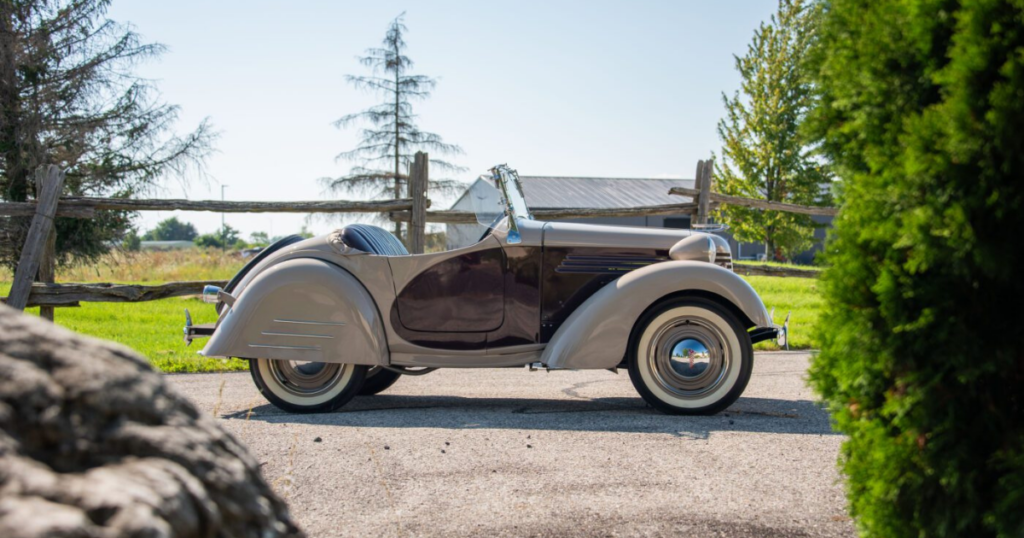
In its twilight months, the company left an indelible mark by pioneering a small-scale military vehicle prototype, later adopted for mass production by Ford, famously known as the jeep. This contribution to the war effort showcased the ingenuity and versatility of the Bantam’s design, even in the face of adversity.
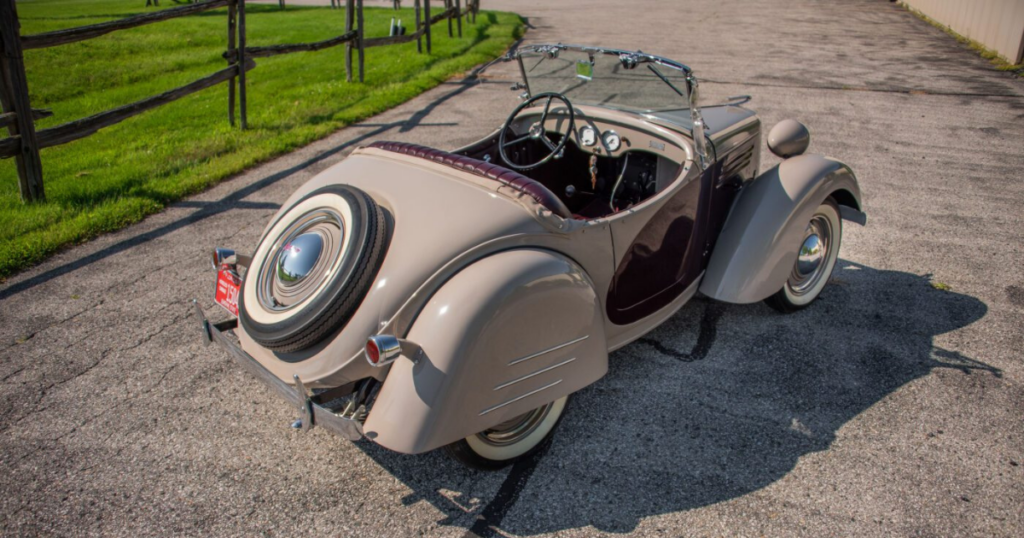
Today, Bantams enjoy a devoted following among enthusiasts, bolstered by an active club scene dedicated to preserving and celebrating these iconic vehicles. Despite its short-lived production run, the Bantam continues to evoke nostalgia and admiration among collectors and enthusiasts alike, reminding us of a time when innovation and determination were the driving forces behind automotive engineering.


